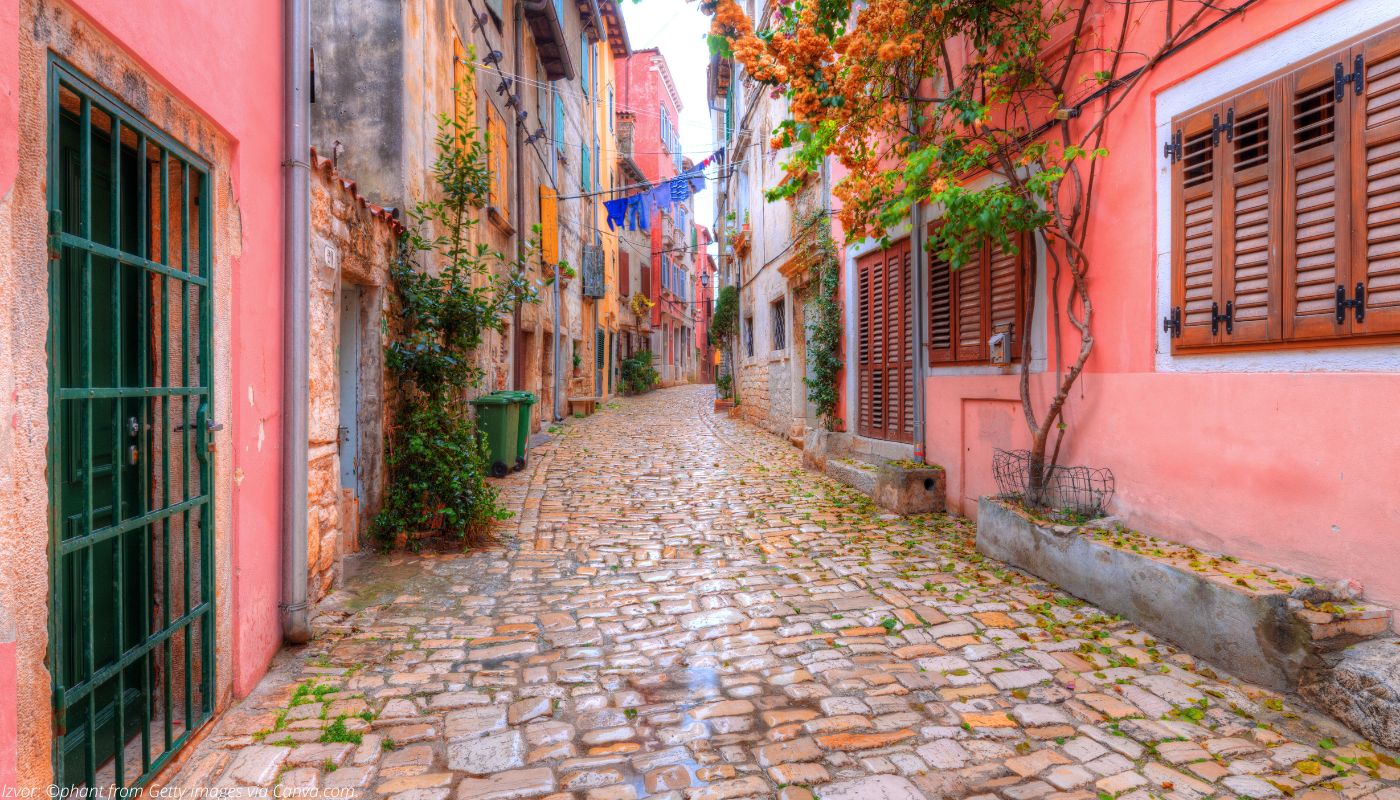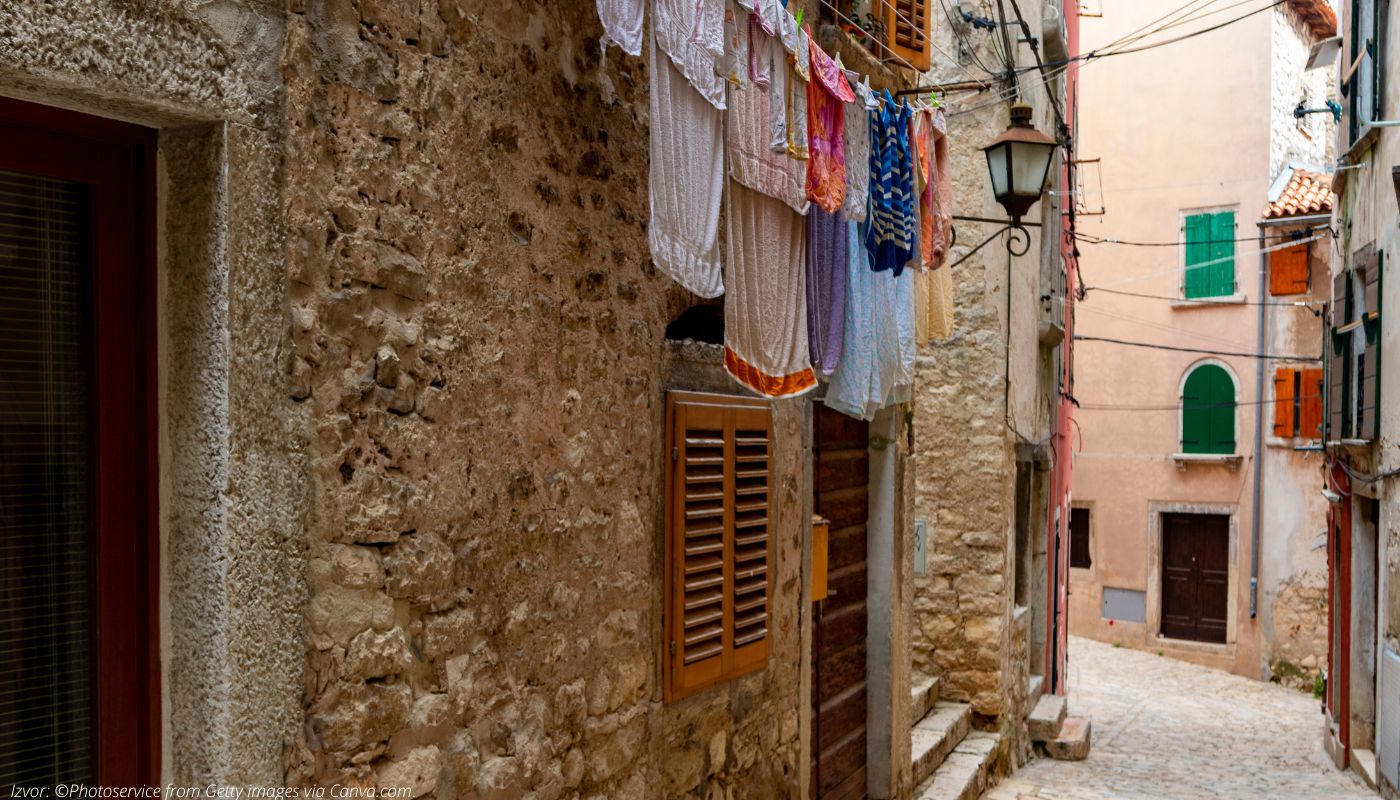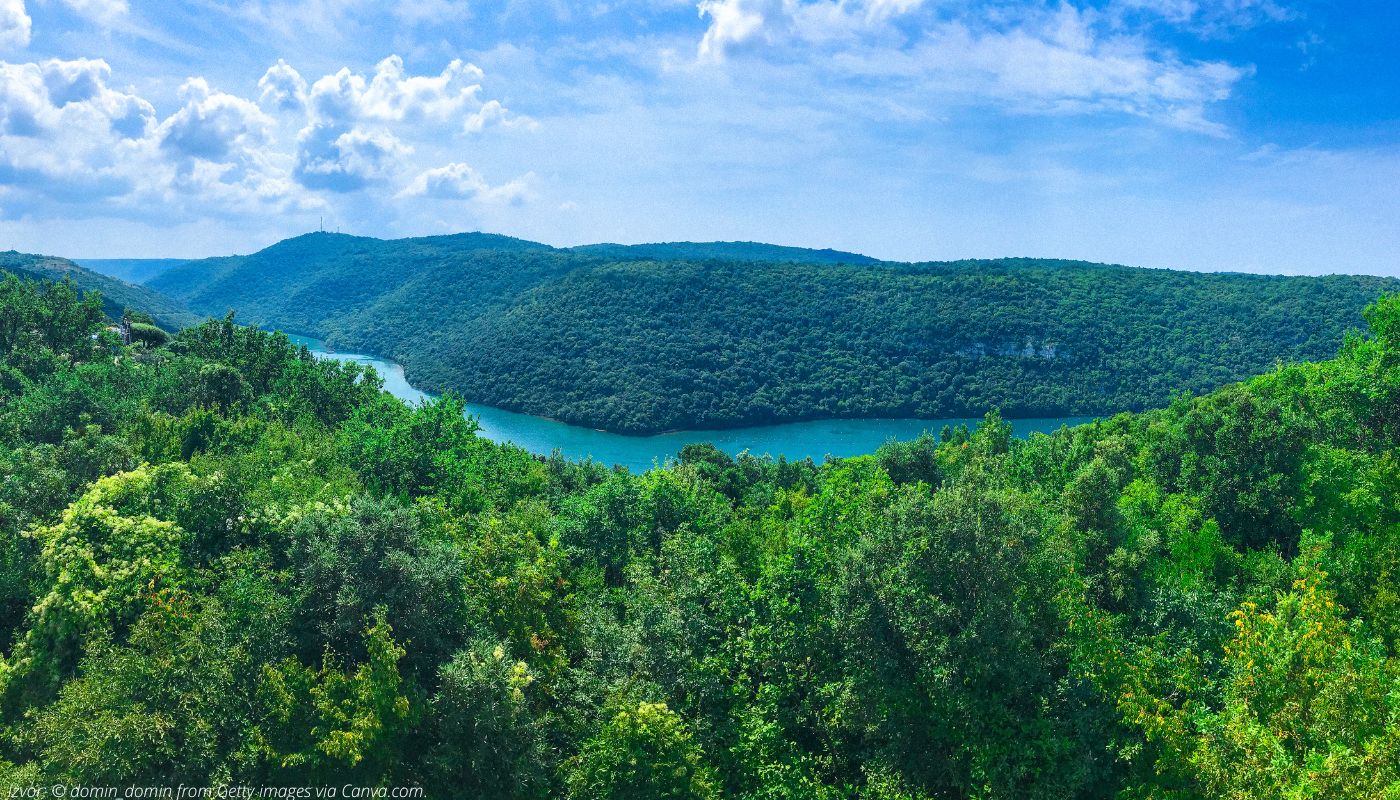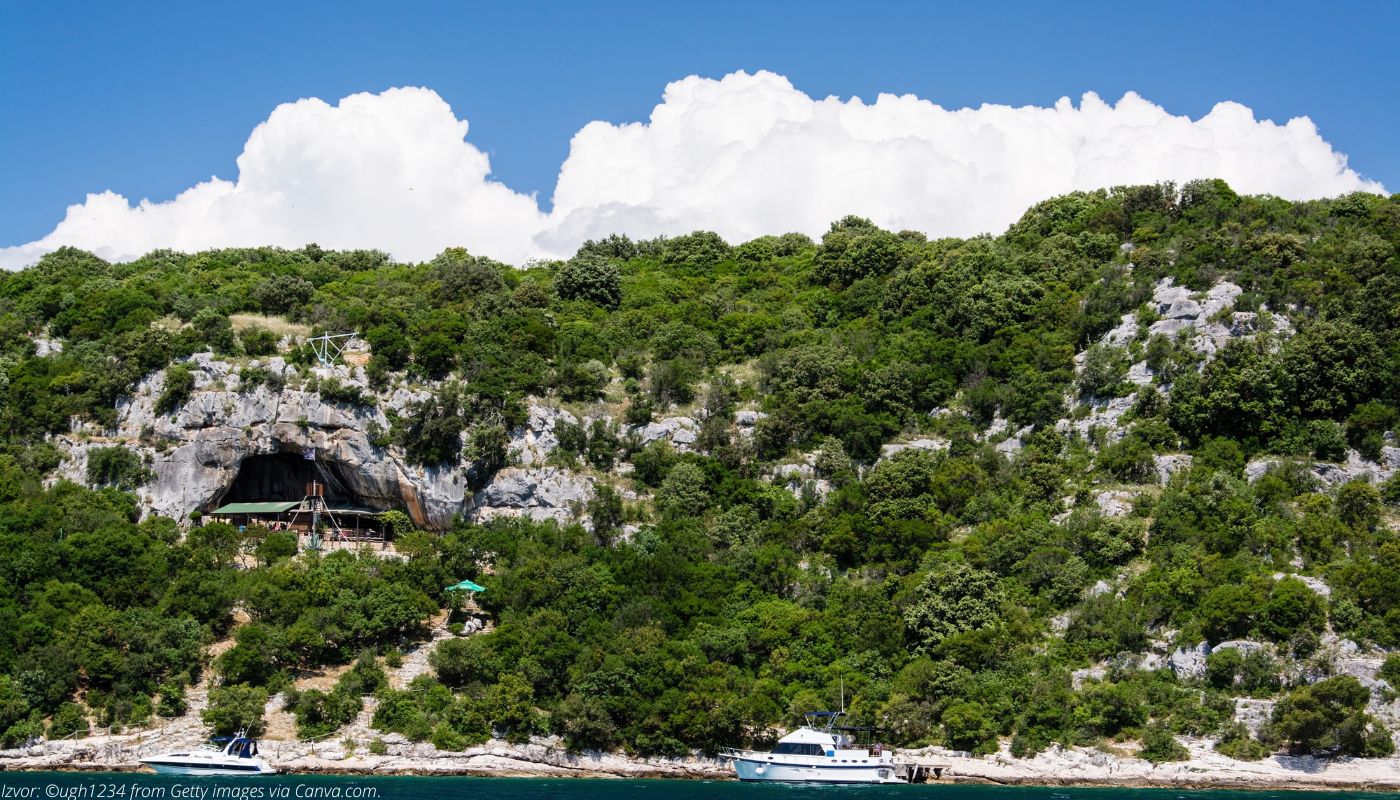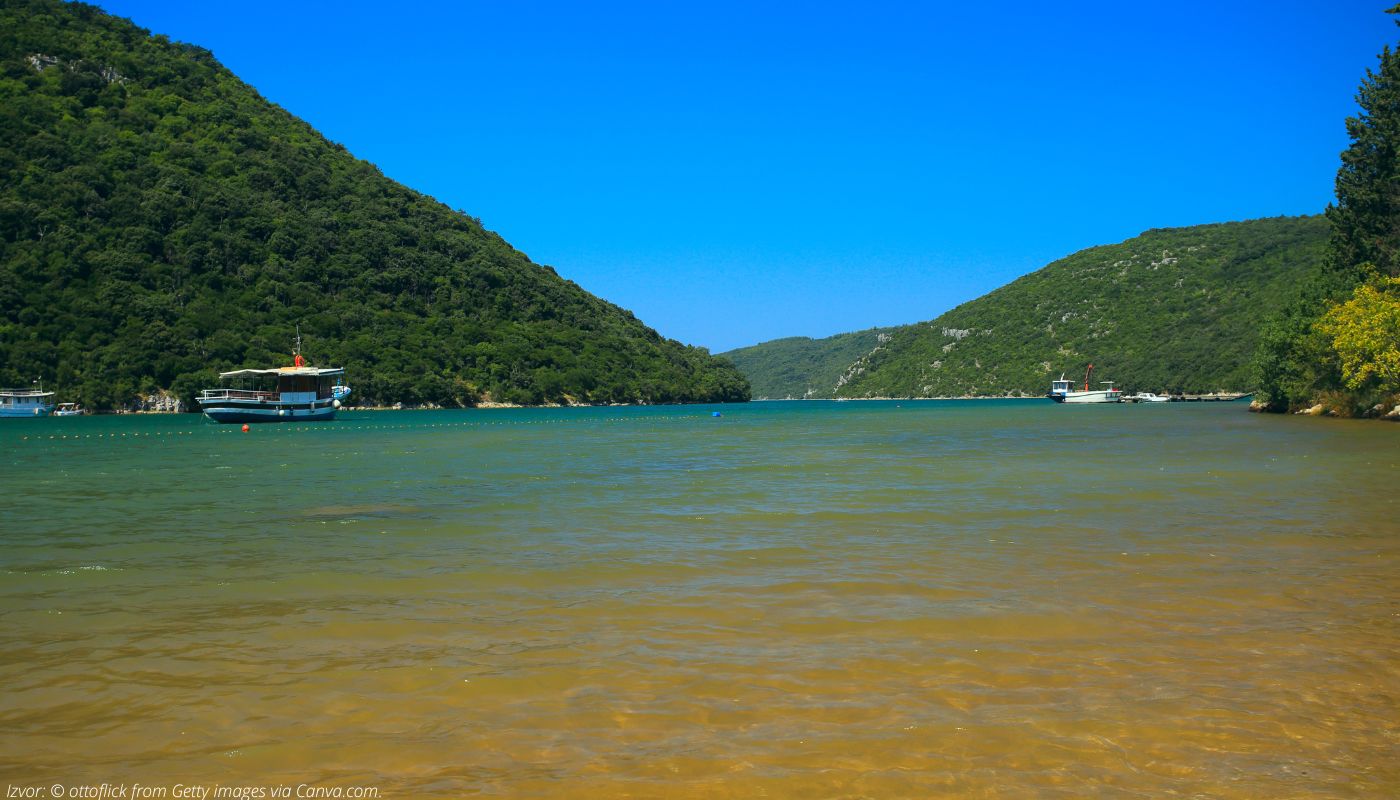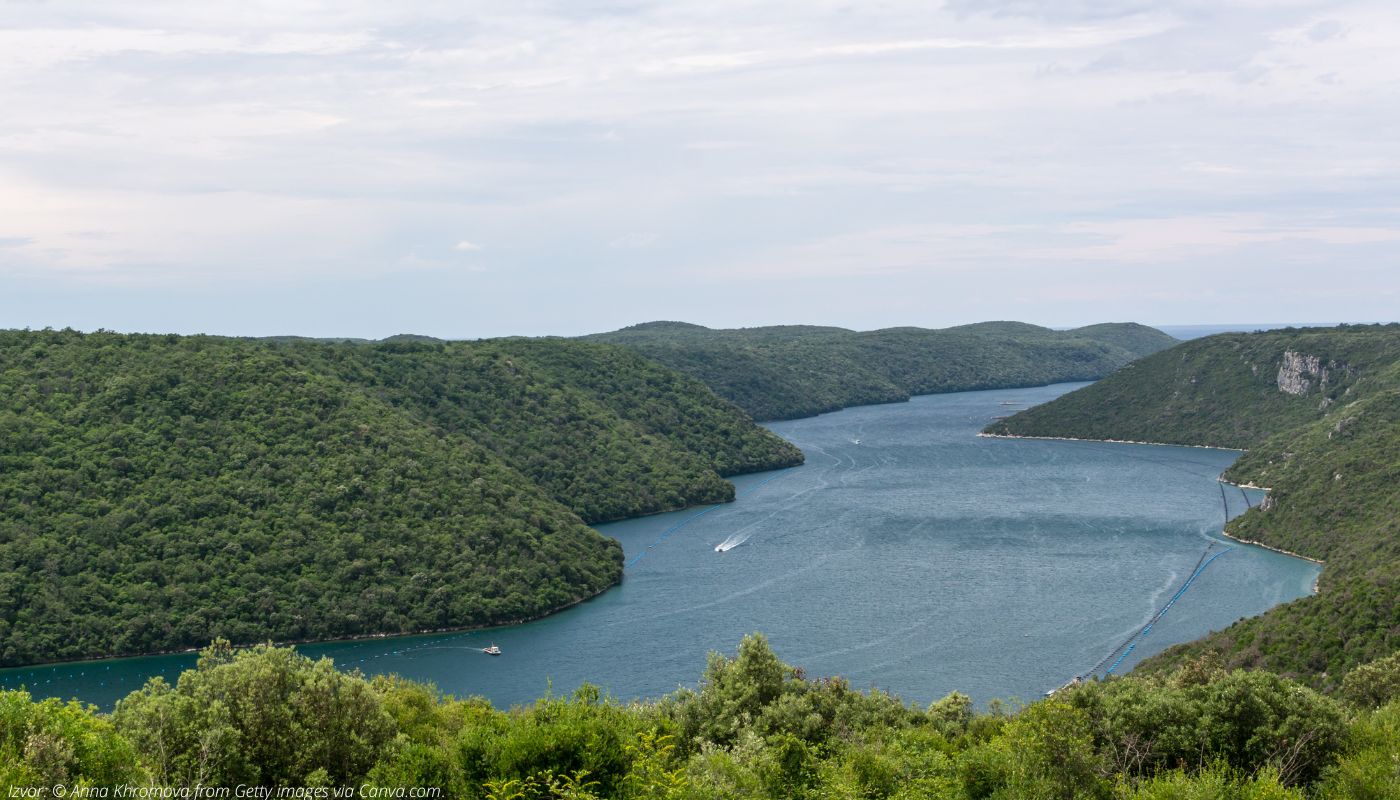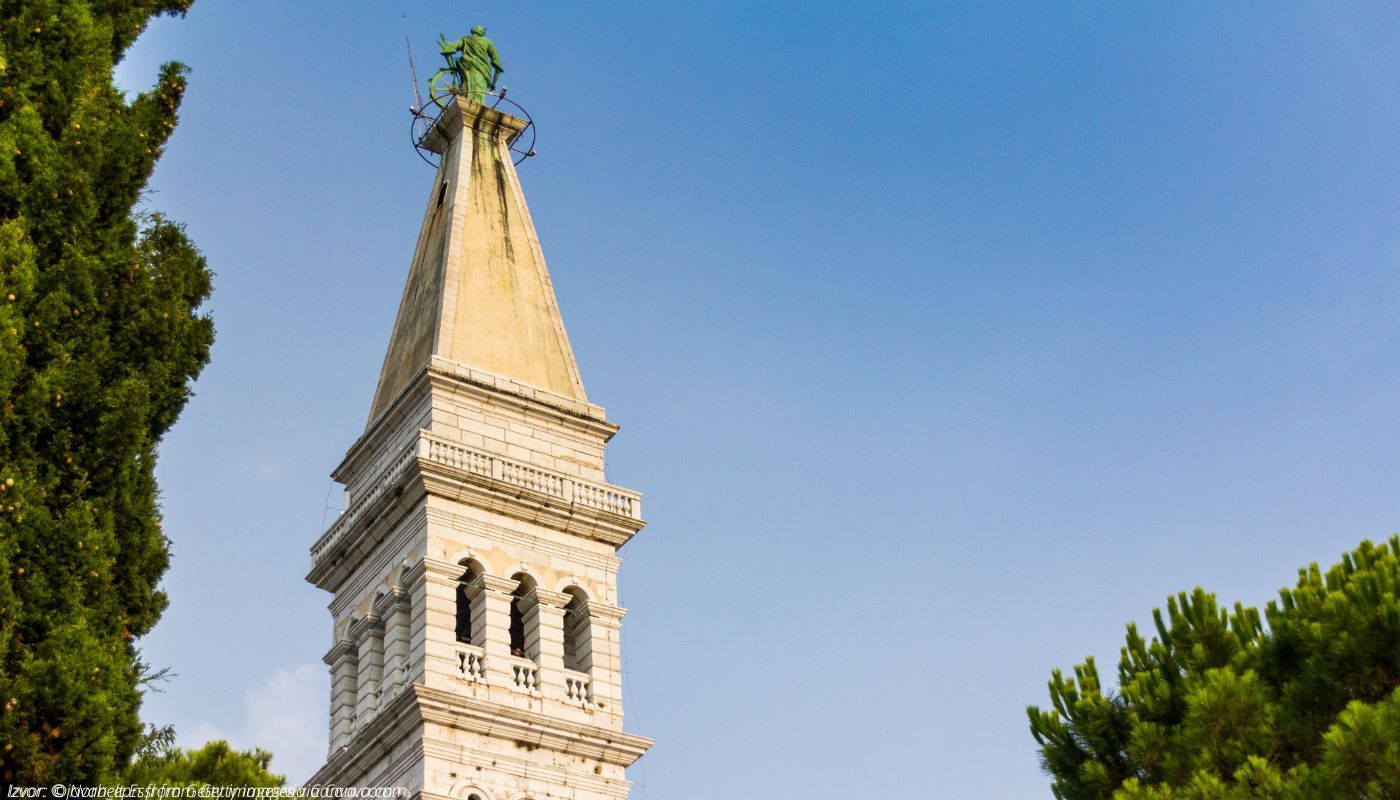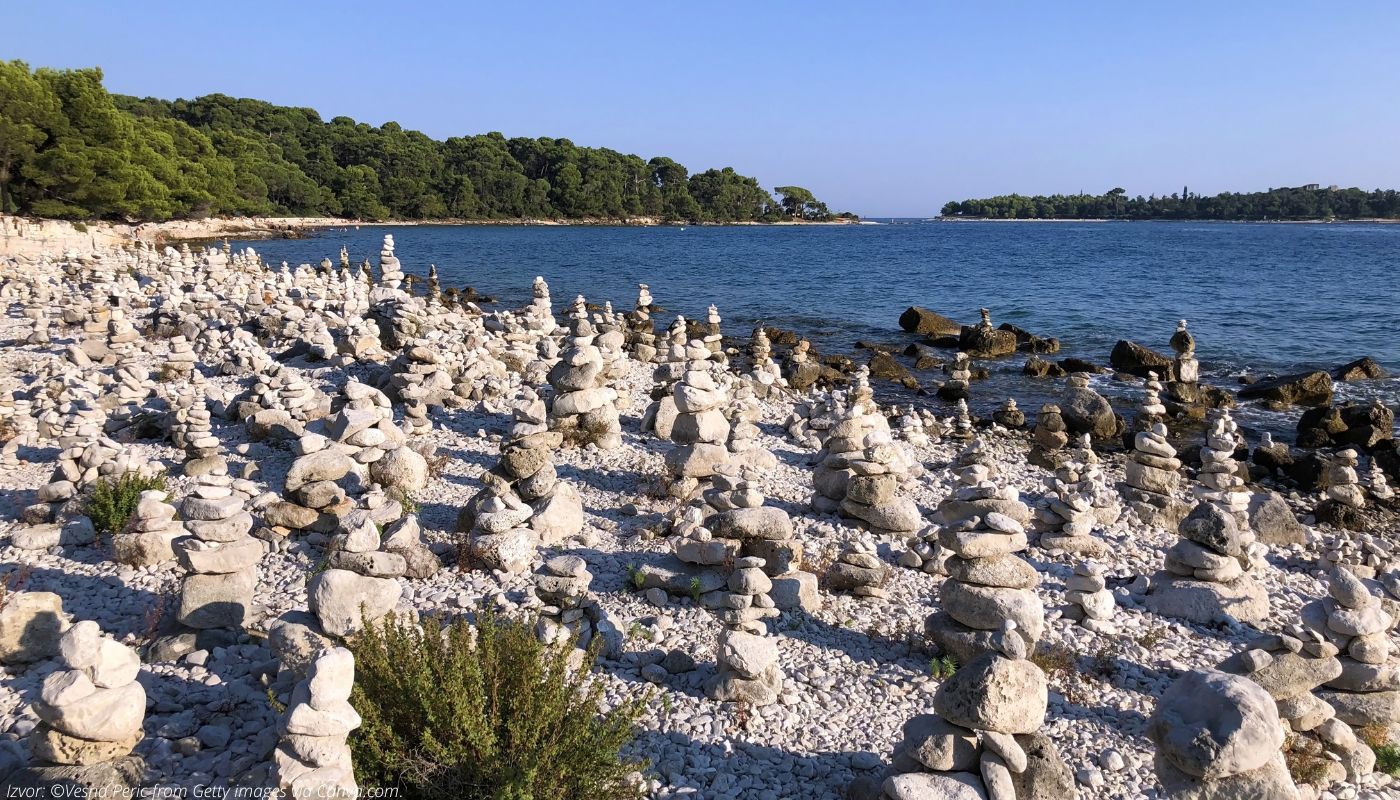When to visit Rovinj?
- During summer - In the summer, Rovinj is one of the most visited locations in Croatia, and summer tourism here flourishes year after year. Diving and swimming in the clear Adriatic Sea are unforgettable here, and evening walks along the coast will south everybody.
- During winter - Also, Rovinj is wonderful during the New Year holidays, when the city prepares many exciting activites for visitors and tourists.
How to get to Rovinj?
- By car - If you go to Rovinj with your means of transport, it is straightforward to get to the city by following the main directions and roads. If you start from the direction of Slovenia, it is possible to follow the E61 road and then the E751 highway. If you are coming from Serbia, the E70 highway will take you to Zagreb, the E-65 to Rijeka, and the E-751 directly in front of Rovinj.
- By bus - Rovinj is well connected to other cities in Croatia by bus and international cities. The journey from Zagreb to Rovinj will take about five and a half hours, and the ticket price is 24 euros. International bus transport also exists from Ljubljana, Koper, Trieste, and Belgrade. The journey from Belgrade to Rovinj will last all night, and the price will be around 70 euros.
- By boat - Boat transportation is organized daily during the summer months. This way, Rovinj is connected to Trieste, Venice, and Cesenatico.
Activities for tourists in Rovinj
- Camping - For true nature lovers, camping accommodation in Rovinj can be ideal. Camping houses are primarily located in pine forests or close to the sea, near well-maintained beaches. Guests who decide to camp are always offered activities such as surfing, sailing, diving, kayaking, and many others.
- Excursions to surroundings - For the best experience of Rovinj, tourists are always recommended to visit the surroundings and all the sights in the immediate vicinity. Rovinj hides many beautiful locations, and some of the most famous excursions are the Lim Channel and Romuald's Cave, Kanfanar, Dvigrad, Festinsko Kingdom Cave, and many others.
- Tasting of local specialties and wines - Rovinj specialties are widely known, and the traditional flavors will leave a memorable impression on you. Therefore, we recommend you try some of the most popular dishes, such as sea bass fillet with dried tomatoes, fuji with prosciutto, or sardines in savory. The most famous wine is Istrian Malvasia, which will complement your stay here.
- Renting a bike and touring the city - The best way to explore the city is to rent a bike and tour Rovinj. There are several bike rental agencies in Rovinj, and routes such as Štrika-Ferata, Limes Trail, Vistrum Trail, Rovinj Triangle, and many others will provide you with a complete introduction to the city and its sights.
Events and festivals in Rovinj
- Istrian Riviera - The Istrian Riviera tournament has a tradition that is already 50 years old and is held in March. It is an international tennis event in Croatia, and there is always international solid competition at the tournament.
- Ethno-gastro market - The fair of local and traditional products is held in April, and visitors will be able to meet and try products such as natural juices, pasta, teas, honey, herbal creams, and numerous wood products.
- Celebration of May 1st - The celebration of Labor Day is held every year on May 1st. In the mornings, the brass band holds a traditional May Day walk through the streets of Rovinj, while good company and fun are always expected in the afternoons. An exciting music program is part of this celebration as well.
- Summer Sensual Days - The Summer Sensual Days event takes place in June and is an introduction to the Croatian Summer Salsa Festival. Since it takes place in this perfect Mediterranean location, good times are guaranteed.
- Feel the breeze of Rovinj - city tour with a guide: This event takes place several times a year, and it is a comprehensive tour of the cultural and historical sights of Rovinj with a professional guide.
Activities for kids in Rovinj
- Playgrounds - Children's playgrounds have been built and equipped at several locations in the city. Little ones can enjoy playing with swings, seesaws, and slides. Children's playgrounds are located in public areas in the Zlatni rt forest park and in neighborhoods and streets such as Borik, Končeta, Carducci, Zagrebačka, and many others.
- Visiting facilities intended for children - For the youngest visitors, a visit to the Aquarium, the open-air gallery Mini Croatia or various exhibitions will be exciting. Also, a visit to the Palud Ornithological Reserve will delight all children, as there are more than 200 species of birds.
What to see in Rovinj?
- Monuments - The tremendous and numerous historic upheavals in the countryside of Croatia, especially in the coastal cities, made significant cultural and historical monuments available at almost every turn. Today's monuments, like the City Palace, have a social and cultural role. Other institutions of great importance are the Franciscan Monastery, Grisia, City Clock, City Walls, and many others.
- Museums and galleries - The most famous museums and galleries in Rovinj are Rovinj City Museum, Visual Arts Center, Adris Gallery, and Rovinj Aquarium.
Accommodation in Rovinj
- Hotels - Rovinj's best-rated hotels are Grand Park Hotel Rovinj, Monte Mulini, Hotel Lone, Eden, Hotel Adriatic, Arupinum, and Spirito Santo. The average price per night in a hotel is 150 euros.
- Apartments - Apartment units in Rovinj offer tourists comfort near the sea coast. The most popular apartments in Rovinj are Godena, Brdar, Sturago, Dalmatina, Modrušan, Martina, Villa Ema, Ana, Enzo, and Apartments Goga. The average price per night in the apartments is around 100 euros.
- Campsites - Campsites in Rovinj provide an authentic atmosphere and a complete vacation by the sea. They are mostly located close to a well-maintained beach and are becoming increasingly popular in this city. The most popular camps are Val Saline, Valalta FKK, Polari, Veštar, Camp Oaza, Porton Biondi, and many others. One night in the camps is about 300 euros.
Phone numbers of important services
- State Administration for Protection and Rescue 112
- Police 192
- Fire department 193
- Emergency 194
- HAK Assistance on the road in 1987
- Weather forecast and road conditions 060 520 520
- International information 11 802
- Information on telephone numbers within the Republic of Croatia 11 888
- Pharmacy Rovinj 00385/52/813-589
Where to eat in Rovinj?
- Restaurants - Restaurants in Rovinj leave no one indifferent thanks to the wide selection of imaginative dishes. The most popular restaurants in Rovinj are Monte, Agli Amici Rovinj, Puntulina, Rio, Orca, Giannino, Maslina, La Perla, Tutto Bene, and many others.
- Taverns - Traditional tastes in Rovinj can best be tasted in taverns, where the best local cuisine specialties are served. The most visited taverns in Rovinj are Kantion, Barba Danilo, Jure, Ulika, Veli Jože, Lampo, Marinero, Mezza Brenta, and Moffardin.
Where to go out in Rovinj?
- Night clubs - For nightlife all year round, the best choice is the Steel nightclub near the city center. In addition, Automat Club Admiral, Art Irish Pub, Riviera, Valentino, Havana, Block Bar, and others are also famous.
Transportation and taxi in Rovinj
- Rent a car - Agencies like Sixt and Vetura are known for their services. We suggest you get a car to visit the surroundings of this beautiful city.
- Taxi transport - Taxi services are available to all visitors in Rovinj, and transportation is carried out on the territory of the entire city. Most taxi services are located on Trg na Lokva. Some of the best-rated taxi services are: Cammeo: +385(0)52313300, Cro Taxi: 052/600-600, Vip Taxi: +385(0)52203999
Parking in Rovinj
- Zone 1: You send an SMS with registration to the number 708525, and the price for half an hour is 4 HRK, or 8 HRK, every next thirty minutes.
- Zone 2 SMS with registration is sent to the number 708526, and the one-hour price is HRK 4.
- Zone 3: You send an SMS message with registration to the number 708524, and the price for one hour is HRK 4.
Surroundings of Rovinj
- Rovinj Islands - For a complete experience of Rovinj and the whole of Istria, it would be best to set sail and get to know the most beautiful islands of the Adriatic. The call of the sea and the perfect atmosphere are felt precisely on the islands of Rovinj, and it is possible to reach them by various boat trips and enjoy the traditions of the people on the island and the culture cultivated there.
- Lim Channel and Romuald's Cave - The Lim Channel is a protected landscape abundant in diverse vegetation and animal life. Because of this, the Lim channel is also a unique phenomenon. In the immediate vicinity is Romuald's cave, which can be reached through a 360 m-long forest. The oldest prehistoric remains in Istria were found in this cave.
- Dvigrad - Dvigrad is a medieval town that was abandoned in the 17th century, and today only its ruins remain. It is 23 kilometers from Rovinj and is located below Kanfanar. The remains of the Church of Saint Sophia stand out, and the city structure is still clearly visible today.
- Bale - This is a small town located between Rovinj and Pula, which was once one of the main Roman fortifications. There is evidence in the city that it was active even in prehistoric times. Among the landmarks here, the Parish Church and Bembo Castle stand out, and interestingly, the remains of dinosaurs and other prehistoric animals were found on the soil of this town.
History of Rovinj
- Name - The first mention of Rovinj is given as Castrum Rubini, and that name is found in the Comsographia section. It is believed that Rovinj and its surroundings were already inhabited in prehistoric times. The latest data prove that the area of Rovinj was already inhabited between the 2nd and 1st millennium BC.
- Middle Ages - During the Middle Ages, Rovinj was ruled by various conquerors, and the Venetians certainly had the most significant influence. Even today, their influence in the commercial, political, ecclesiastical, and administrative sense is felt. Although the plague hit Rovinj in the Middle Ages, it passed without significant consequences due to the favorable climate.
- Rovinj has been an important seaport since the 15th century - From the Middle East to Venice, Rovinj stood out as a vital seaport, and its sailors were fearless and skilled. Napoleon's reign in Rovinj was short-lived, after which came the Austro-Hungarians, who significantly developed trade, industry, maritime, and culture in Rovinj. The city begins to take its present form, and the changes and development are significant.
- Recent history - After Austria-Hungary, the Italians came to Rovinj, and the Germans ruled until the end of World War II. After the fall of Germany and Hitler's policy, Rovinj belongs to Croatia, part of Yugoslavia. In 1990, the struggle for independence began, and today Rovinj is an integral part of the Republic of Croatia.
Geography and climate of Rovinj
- Geographic features - Rovinj is located in Istria County, on the coast of the Adriatic Sea. The Rovinj region borders the municipality of Vrsar, with which it shares the Lim channel.
- Climate - Rovinj has a highly favorable climate, since it is located in an area with a Mediterranean climate. This ensures mild and rainy winters, as well as warm summers. During July, the average temperature is 22 degrees, while in January, the average temperature is 4 degrees.
Demographics of Rovinj
- According to the results of the 2011 census, 14,367 people live in the city, and 12,913 people live in the settlement itself.
- The largest share of the population in Rovinj is comprised of Croats at 66%, while the second most numerous people in the area are Italians. Minorities include Serbs, Albanians, and Bosniaks.
Tradition and culture of Rovinj
- Batane and Bitinade - Since Rovinj is a city facing the sea, the fishing tradition has been preserved here until today. Batana is a wooden boat that is the most common in Rovinj. It is a true example of the tradition, language, culture, customs, and mentality of Rovinj and its inhabitants. The batana tradition is inseparable from the musical tradition called bitinada. It is an original Rovinj song, invented by fishermen while spending hours in their boats and fishing. They imitated musical instruments, and the performances are often unrepeatable because everything is a matter of improvisation.
- Rovinj folklore - Rovinj folklore nurtures and preserves the entire Istrian cultural and historical heritage. Customs such as costumes, songs, music, and speech are preserved through Rovinj folklore. During the summer, there are frequent performances where citizens get closer to Istrian culture and traditions.
- Traditional Rovinj cuisine - Rovinj cuisine is based on seafood, and a book of recipes for traditional Rovinj cuisine has even been created within the Ecomuseum House of Batana. Some popular dishes are Fried Fescue, Brodet, Fried Gyre with Kale, and many others.










